The Wild and Wonderful August Garden
The Wild and Wonderful August Garden
Holes, Hornworms, Weird Vegetables and Aphids
It’s August, and all kinds of interesting things are showing up in our gardens. From the weird to the wonderful, here are some of the things our customers are noticing in their gardens.
Holes in the Hardy Hibiscus! If your hardy hibiscus leaves are looking like lace, you’re seeing the damage done by the hibiscus sawfly larvae (Atomacera decepta). This green caterpillar is hard to spot since it usually feeds on the underside of the leaf and its color blends in with the plant. It is, however, easy to control. Spray the underside of your hardy hibiscus with spinosad, the active ingredient in Captain Jacks Deadbug Brew. Usually you only have to spray it once, but it’s good to note on your calendar to spray the hardy hibiscus in early July and you’ll avoid most damage in the coming years.
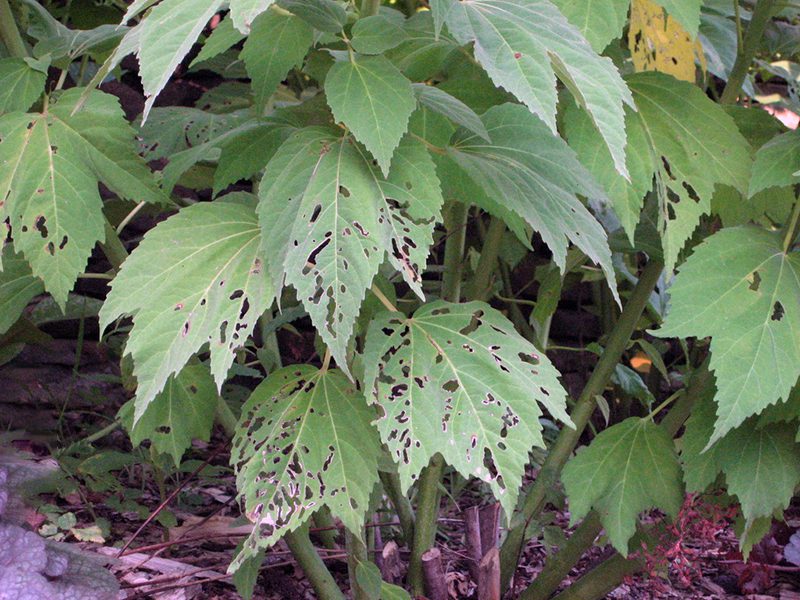
Hornworm! They’re large, fat and simultaneously beautiful and creepy…plus they can strip the leaves off a tomato plant faster than a chipmunk can steal the ripening fruit. They are tomato hornworms, the larval form of a sphinx moth. If the tops of your tomato plants are suddenly being stripped, and you see what looks like coarsely-ground black pepper on the leaves below, you probably have a hornworm. Look carefully for this bright green larvae. Some people relocate these hungry, hungry caterpillars to one of the weeds in the nightshade family. Others smash them or feed them to the crows. But if you find one that is covered with what looks like white rice, leave it alone. The white attachments are the cocoons of pupating braconid wasps, a natural control of the hornworm.
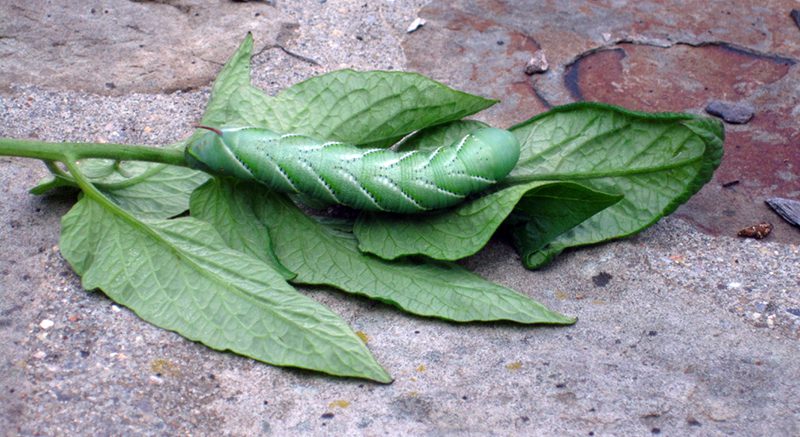
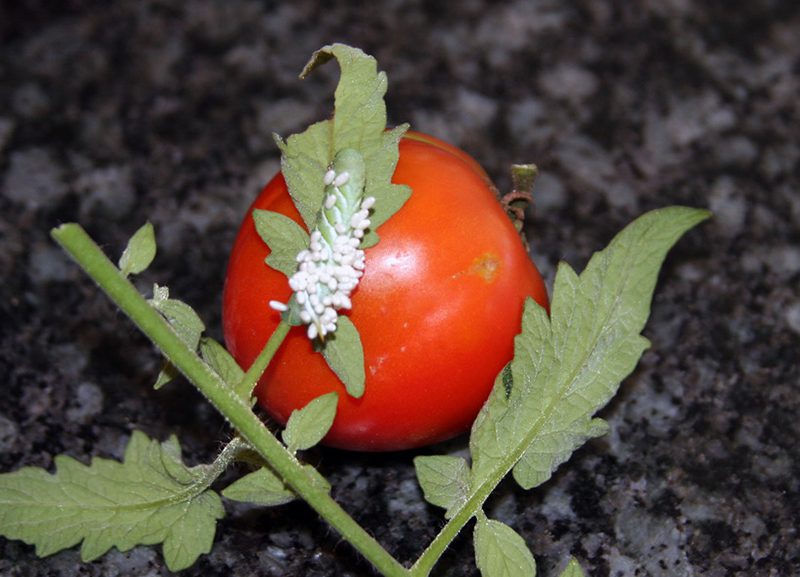
Orange Aphids! If you have butterfly weed or milkweed in your gardens, it’s likely that you’ll see some of these plants covered with orange aphids. These are Aphis nerii, also called Asclipias or oleander aphids. They only occur on a few plants, so don’t worry that they will spread to all the flowers or shrubs in your landscape. If you want, you can spray them with insecticidal soap…or just ignore them and leave them for the predators that eat them.
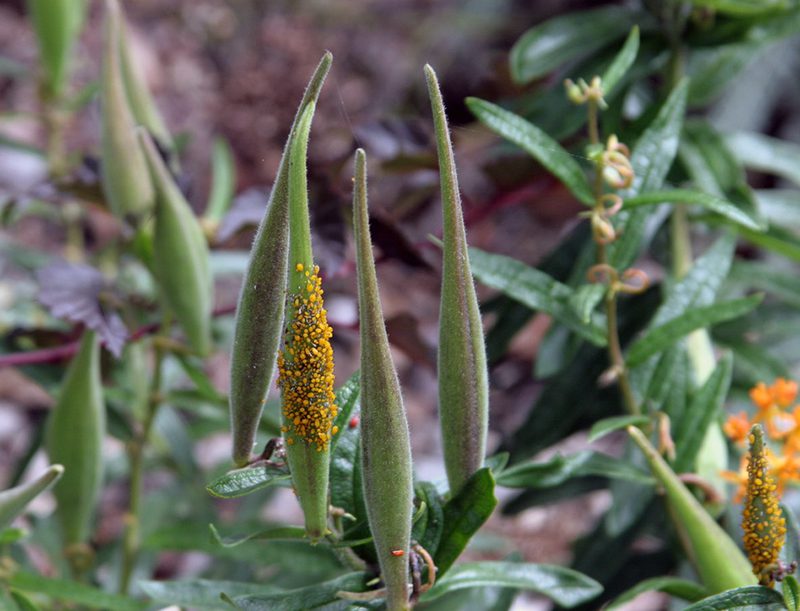
Weird and Wild! Many people find odd flowers, vegetables and plants in their gardens at this time of year. From strangely contorted stems or flowers to amusingly shaped vegetables and fruit, nature’s work is endlessly fascinating. Here are some examples.
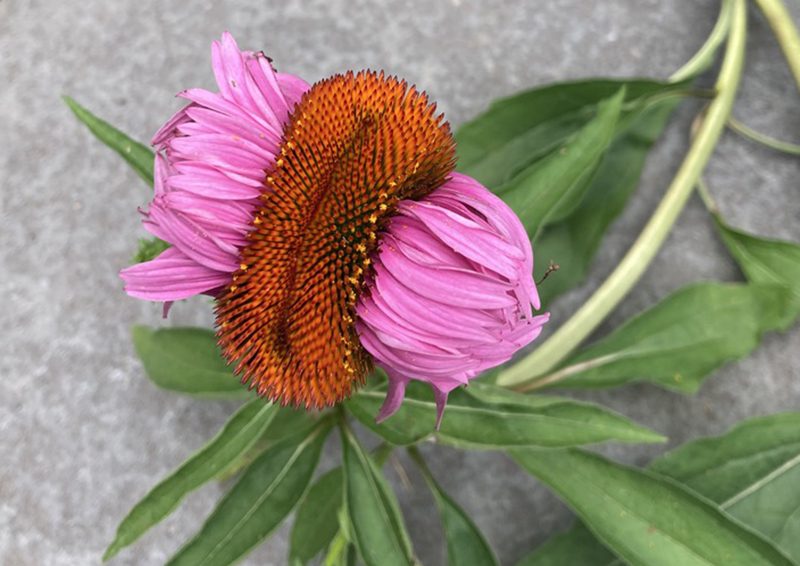
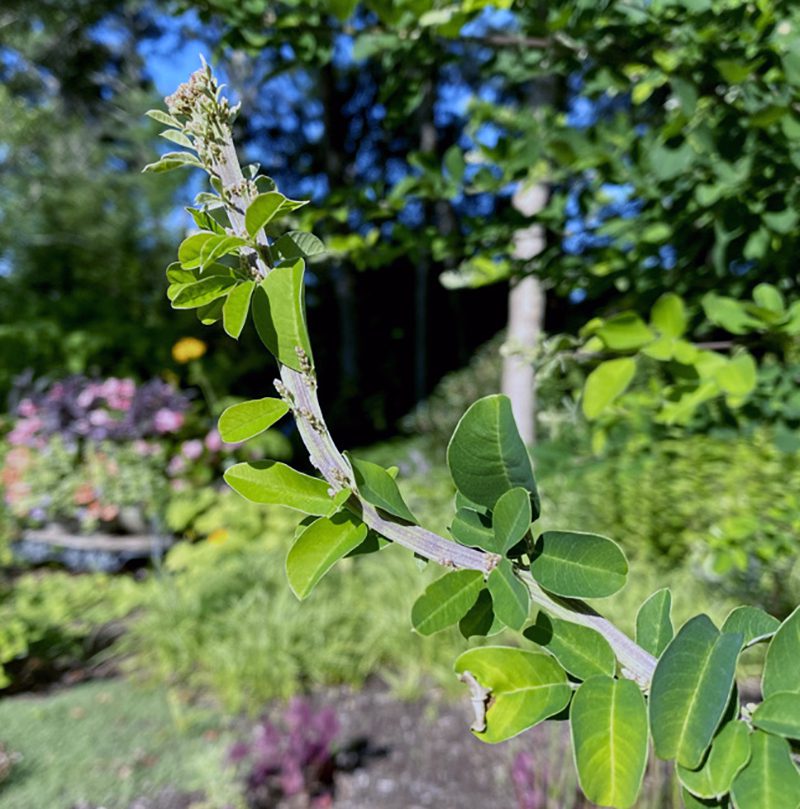
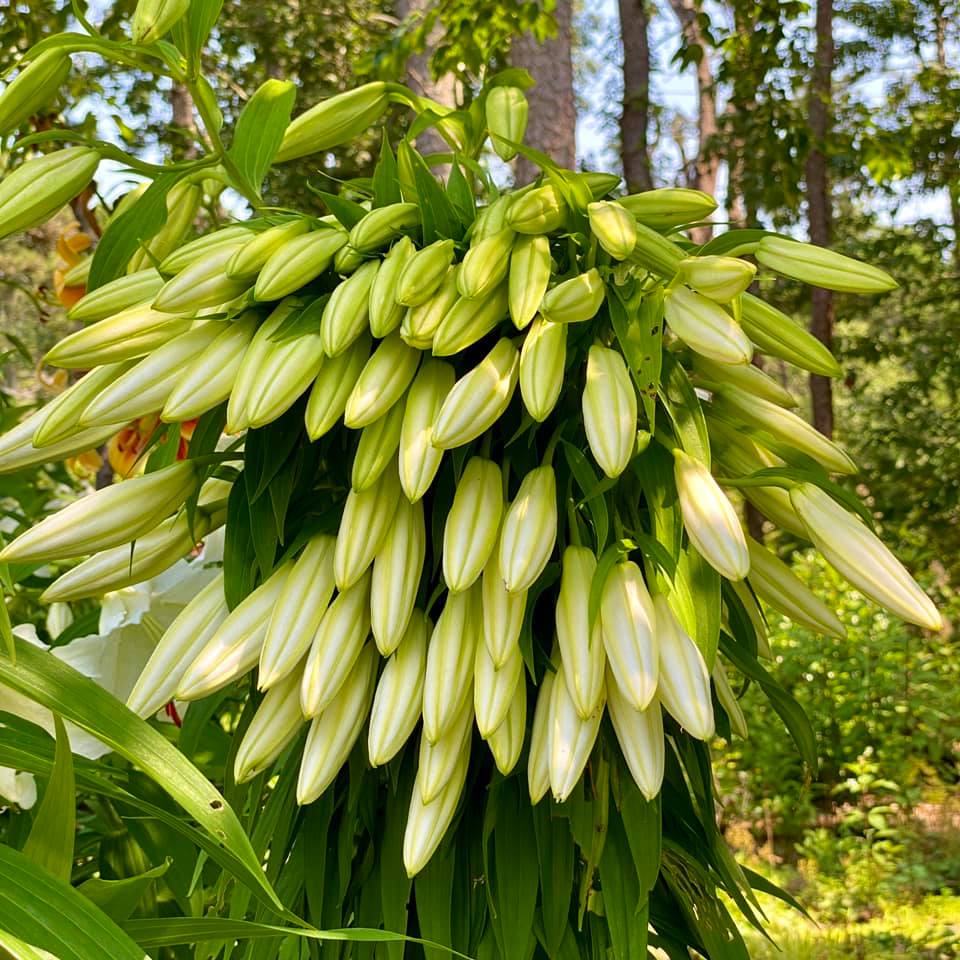

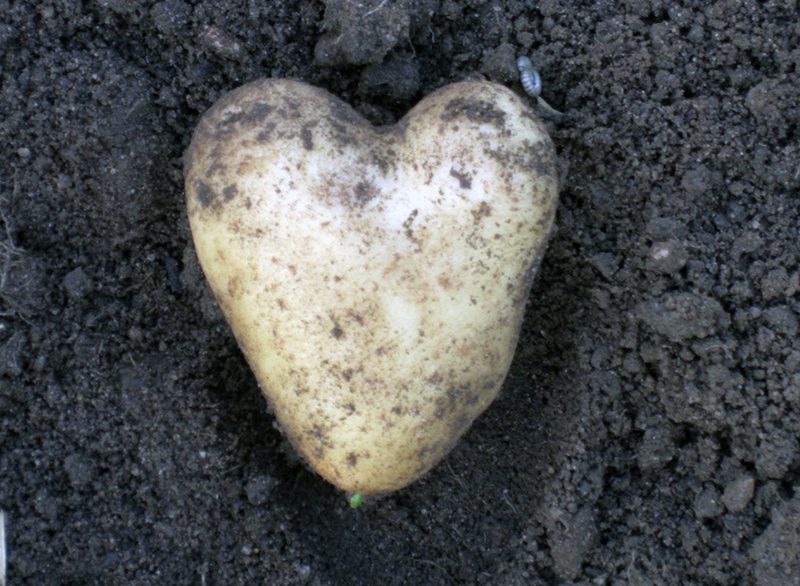
Subscribe To Our Newsletter
Sign up for our weekly email about sales and events.
